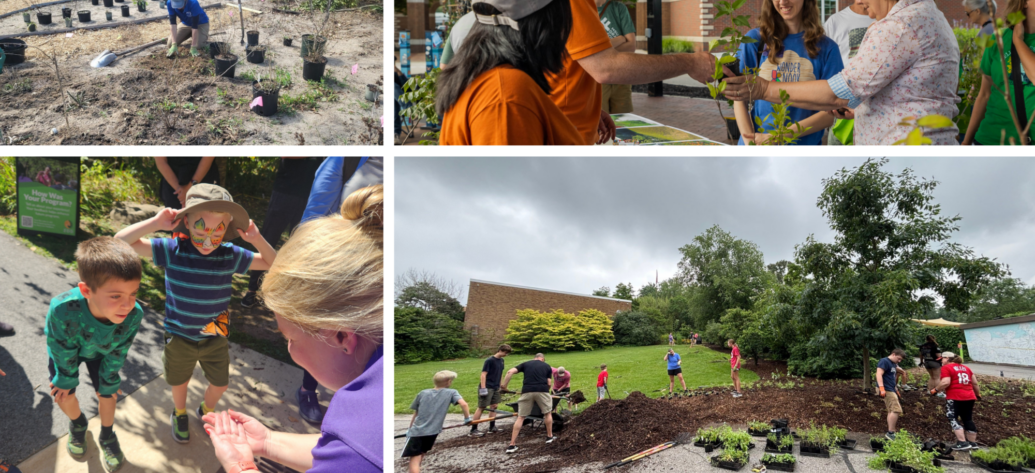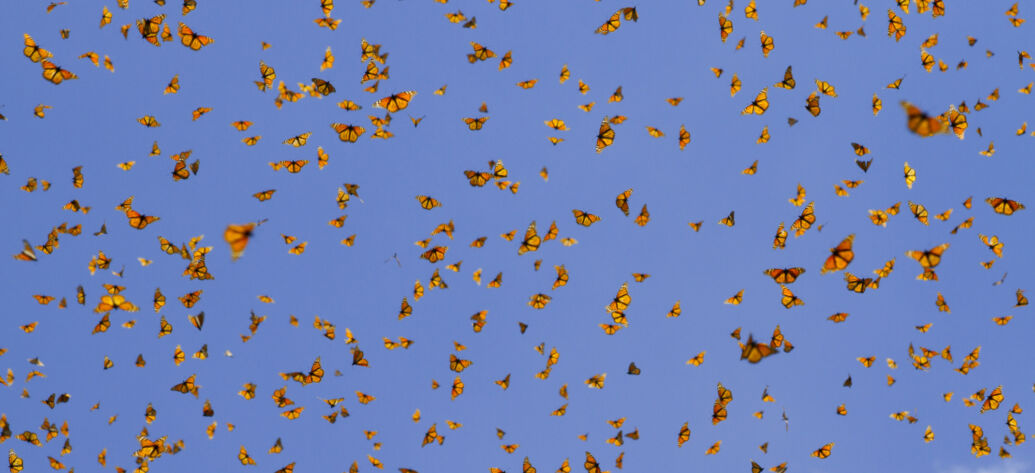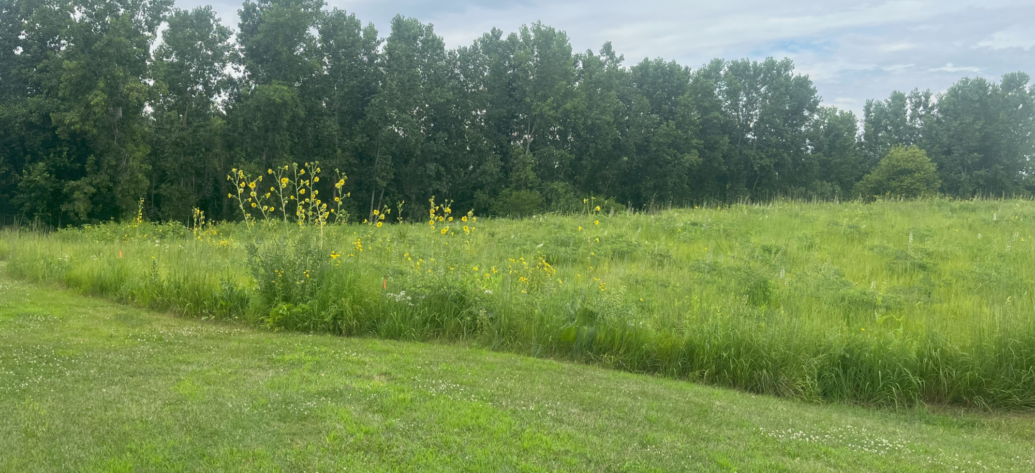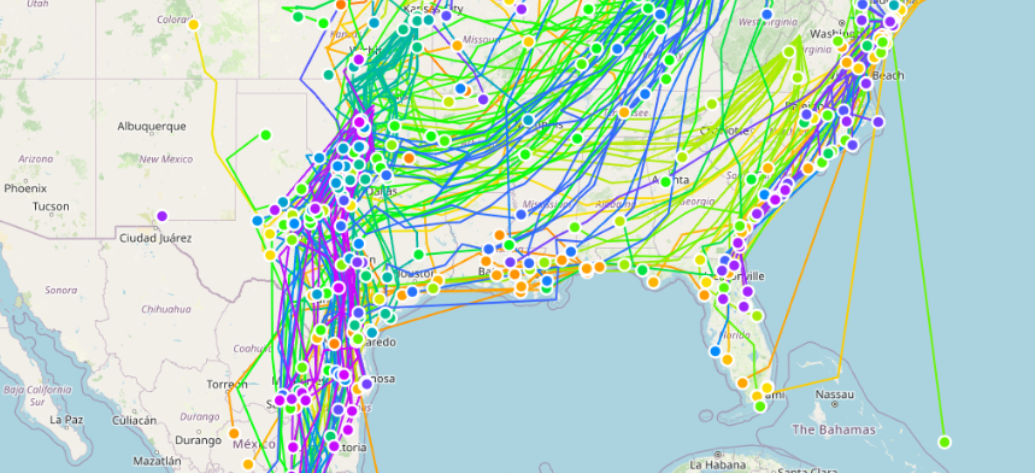Monarch Joint Venture Blog

Welcoming AZA SAFE Monarch to the MJV Network
Categories
- MJV Partnership News
The Association of Zoos and Aquariums’ Saving Animals from Extinction (AZA SAFE) Monarch conservation program and the Monarch Joint Venture have worked together closely for several years, but we’re pleased to announce the advancement of that partnership as SAFE Monarch officially joins the Monarch Joint Venture partner network. Read More

More than monarchs: novel ways to monitor the wildlife benefits of CRP habitat
Categories
- More than Monarchs
- Habitat News
- Science and research
The Conservation Reserve Program provides private landowners with financial assistance to convert highly erodible or environmentally sensitive cropland to vegetative cover. Providing financial incentives for private landowners to create and maintain wildlife habitat can be a key piece of the puzzle to achieving these large-scale conservation goals, not only for monarchs but for all wildlife. Read More

Monarchs arrive at overwintering sites while late-season sightings continue in the north
Categories
- Population Trends
Monarchs have reached their overwintering sites right on schedule, even as a few late-season butterflies continue to appear across the northern U.S. Dr. Karen Oberhauser shares the latest migration observations, new tracking technology, and ways to support monarch conservation. Read More

Heartland Restoration Services Joins the MJV Partner Network
Categories
- MJV Partnership News
The Monarch Joint Venture is pleased to announce that Heartland Restoration Services, Inc. has joined the partnership. Heartland Restoration Services, based in Fort Wayne, Indiana, works to provide native landscape restoration throughout its service area. Read More

Revolutionary tracking study follows monarch butterflies to Mexico using groundbreaking technology and continent-wide collaboration
Categories
- Migration
Over 400 ultra-light transmitters deployed by over 20 partner organizations deliver unprecedented, individual-level view of monarch migration using dedicated receivers and crowd-sourced location networks Read More
News Categories
- Community Science
- Conservation Stories
- Migration
- MJV Partnership News
- Population Trends
- Recent Research
- More than Monarchs
- Monarch Conservation Spotlight
- Important Monarch News
- Habitat News
- Education News
- Monarchs in Mexico
- Department of Defense
- Department of Defense Case Studies
- Prairie Oaks
- Science and research
